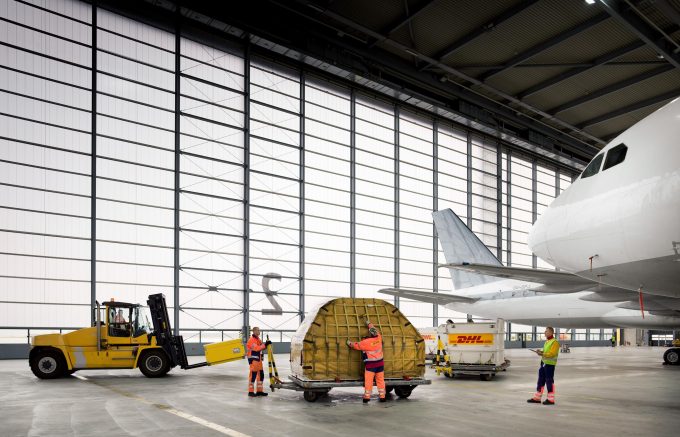Airlines rethink strategy as ecommerce to US begins decline
Shippers and forwarders are waiting to see how airlines manage their capacity before locking into ...

Airfreight rates continue to plummet, but new product launches and improved faith in the US economy have left analysts divided on what the year-end will bring.
Xeneta’s Clive Data Services recorded July spot rates declining at a hastening pace of 40% “or more”, year on year, the fourth consecutive month of decline, with Tac’s Baltic Air Freight Index putting the drop at 46.2%.
Chief airfreight officer at Xeneta Niall van de Wouw said: “July rarely provides ...
Volcanic disruption at Anchorage could hit transpacific airfreight operations
Shippers snap up airfreight capacity to US ahead of tariff deadline
Forwarders stay cool as US 'liberation day' tariffs threaten 'global trade war'
New price hikes may slow ocean spot rate slide – but for how long?
Tighter EU import requirements proving 'a challenge' for forwarders
Supply chain delays expected after earthquake hits Myanmar
Looming Trump tariffs will create 'a bureaucratic monster' for Customs

Comment on this article